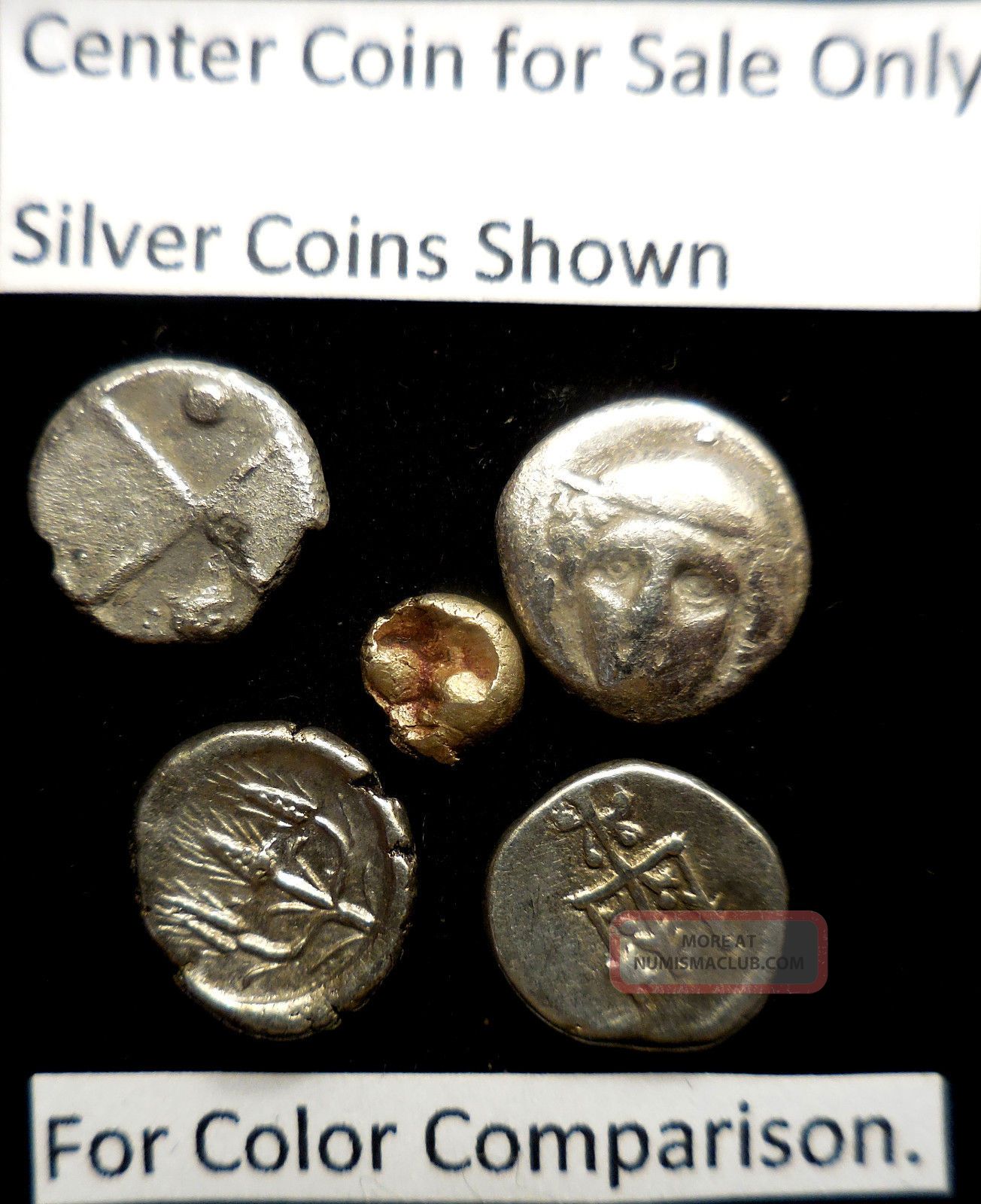

The coins provided more security about the contents than the unadulterated pieces of the metal did. The advantage of coining electrum becomes apparent. Mixing is a much simpler process and was long well-known.1 Moreover, the Lydians always attained their desired mix of gold and silver by adding silver rather than reducing gold, which means mixing rather than separating.
ELECTRUM COIN EBAY PLUS
The royal coins of the mint at Sardis that were studied with advanced non-destructive methods contain 55% gold, plus or minus 2%, which could only be so voluntarily. The reason emerged around the year 2000, when the exciting discovery was made that the Lydians could control the gold content of their electrum coins closely. Why did the Lydians coin the electrum? After all, they could simply have circulated the unadulterated metal, cut into proper parts, as money. It is therefore considered likely now that the Lydians obtained their electrum instead from the northwest region of their empire, in today’s Turkey. But in the early 2010s, the startling discovery was made through mineralogical research that the flow of precious metal from the Pactolus River must have been pure gold (Cahill et al.
ELECTRUM COIN EBAY PROFESSIONAL
For many years, the general professional opinion was that electrum flowed directly down from the Pactolus River right beside the city of Sardis. The Lydians must also have possessed large deposits of the alloy to be tempted to monetise it despite its unfortunate features. But if so, they manifestly found it more economical to coin the electrum. There is some speculation that the Lydians could have separated the gold and silver earlier had they wanted to. The refinery dates to about the time when King Croesus of Lydia decided to substitute fresh gold coins for the electrum ones. Field research in the late 1960s uncovered remains of a refinery for separating unadulterated electrum between the metals on the site of Sardis, capital of Lydia. But they did not know how their ability to divide up electrum between silver and gold came later.
ELECTRUM COIN EBAY HOW TO
Had the Lydians known how to separate the raw electrum between gold and silver, they might well have done so. When Lydia decided to coin, money was already widely present in the form of gold and silver in its trading region for centuries. As a corollary, the subsequent coinage in silver in Greece, beginning about 80 years later, requires a separate explanation. Interestingly, it is the very uncertainty of the value of electrum that is the key to the benefit of its coinage. But more recently, the logic of the Lydian choice has emerged. Therefore, the metal would seem to be a particularly poor choice for coinage, and it was widely considered so until recent decades. Electrum is an alloy of gold and silver that varies in its natural state between 65% and 85% gold, and neither weighing nor the touchstone can tell the percentage in between with any precision. Overall.1 mm x 32.Coinage began in Lydia, in the interior of West Anatolia, in the form of electrum in the second half of the 7th century B.C., around 630. Metal, gold (overall material) Measurements Turkey: İstanbul province, Istanbul Physical Description Reverse Text: M / θV / MANGHΛ / ΔECΠOTH Location Reverse Image: The Virgin stands, nimbate, on right wearing a pallium and maphorium, on left Manuel I, stands wearing divitision and loros and holding akakia in right hand they hold between them a patriarchal cross with small globus at base above: M- θV

Obverse Image: Christ sits on a backless throne, wearing a beard, nimbus cross, pallium, and colobium he raises his right hand in benediction and holds the book of Gospels in his left on either side of nimbus : IC - XC. One (1) electrum aspron trachy coin, Manuel I Comnenus


 0 kommentar(er)
0 kommentar(er)
